Build-A-Rig Round 2, SilverStone vs Crucial: The $800 PC Build Logs
by Daniel Williams on November 4, 2015 2:00 PM EST- Posted in
- Build-A-Rig
- Crucial
- SilverStone
Building Crucial's Ballistix Bantam
| Crucial's Ballistix Bantam | |||
| Component | Selection | Price as Chosen |
90-Day Average |
| Processor (CPU) | Intel Core i3-4170 (2C/4T, 3.7 GHz) | $124.99 | $124.82 |
| Motherboard | GIGABYTE GA-B85N Phoenix-WiFi | $84.99 | $84.99 |
| Graphics Cards (GPU) | EVGA GeForce GTX 950 | $159.99 | $159.99 |
| Memory (DRAM) | Crucial Ballistix Tactical Tracer 2x4GB DDR3-1600 C8 |
$47.99 | $48.92 |
| Storage (SSD) | Crucial MX200 mSATA 250GB | $94.99 | $94.99 |
| Storage (HDD) | Seagate Barracuda 1TB 7200RPM | $50.99 | $49.81 |
| Power Supply (PSU) | Thermaltake TR2 600W | $54.99 | $55.05 |
| Chassis | Thermaltake Core V1 Extreme Cube | $49.99 | $49.99 |
| CPU Cooling | None | - | - |
| Operating System | Microsoft Windows 8.1 64-bit OEM | $99.99 | $99.99 |
| Extras | LG USB 2.0 Portable DVDRW | $24.99 | $24.99 |
| Total | $793.90 | $793.54 | |
Starting things off with the case, the ThermalTake Core V1 feels solid enough both assembled and with all the panels removed, I never felt like I was going to have a panel bend on me or that I had to be concerned about where I lifted the frame.
For the Thermaltake TR2 600W PSU install I laid the case on its face, pulled the cables through the bottom and then the side, and held the PSU in its final resting place while I screwed it in. I actually found this to be one of the easiest PSU installs I had ever done, lots of room and all the screw holes in the case left ample room to line up the mounting screws without struggle.
Installing the i3-4170 CPU and stock cooler were standard fare, though it is worth noting that the CPU fan header was well placed so that the HSF fan cable had a perfectly reasonable amount of slack. Looks to me like they did it on purpose, small props to Gigabyte there. On to the ram slots they only have a latch at one end but still lock on the other end. Meaning that while I would install RAM pressing the stick straight in as usual, when uninstalling the ram I have to pull from the latch end to get the stick out. Less work I guess but different than what I’m used to.
The motherboard just drops right in from the top and is screwed into standoffs that are formed into the sheet-metal. One small issue placing the motherboard into place was the rear I/O panel, there was a metal flap covering the gold plated USB 2.0 port hole that needed to be pushed out of the way as I moved the motherboard into place.
Front panel audio is routed away from the motherboard in an attempt to avoid EMI from motherboard getting into the front panel audio. The EVGA GeForce GTX 950 was easy to install in an open case like this. Just drop it in and screw it down, snapping the plastic screw cover back on after tightening down the card. Since the included Wi-Fi adapter was already installed I didn't need to do anything there and the Crucial MX200 mSATA SSD 250GB install was simple, just slip the drive into the mSATA slot and fasten one screw down.
Special care was taken behind HDD tray that made for much neater though not perfect cable runs. I first separated the 8-pin CPU power into just a 4-pin to limit clutter. I then ran all of the cables behind the tray, attempting to leave just enough to arc down to the slot, especially since the sleeving for the front panel fan both doesn't terminate in the connector and also kinks easily, so some arch was necessary to maintain a neat look. After the cabling was situated I fastened them all together with a four inch cable tie just out of sight behind the motherboard tray.
On the topic of cable management the wires coming out of the Thermaltake TR2 600W were a bit of a mess. What I saw when sorting out the various connectors was that a few of the connectors would have wires randomly threaded through a wire bunch from another connector. Causing the cabling to appear as a tangled mess at the base of the wires regardless of what I did. In the end I had to relegate the mess caused by this to the nest of wires left under the motherboard tray. Out of sight out of mind, I suppose?
After the cable management was settled in that corner of the case by the drive cages I was ready to install the Seagate Barracuda 1TB 7200RPM drive. I didn't find the HDD sleds here to be a great experience. It looks like they are supposed to wedge in between the motherboard tray and the bottom corner of the case, but being sheet metal I am left afraid of bending the trays as I remove or install them. Once out it took a little extra time for me to realize that I needed to slip the rubber mounts in first, then line the drive up and screw it in place. The instruction didn't clarify to this level of detail either. When I had the HDD tray situated and the cable management settled in I slipped the tray back in and fastened it with the single thumb screw. Space was quite tight here between the HDD and the CPU cooler, so anyone who with particularly large hands may need to use a screwdriver here to tighten the screw down.
All un-used cables and any extra slack were tucked and cable tied underneath the motherboard tray. one of the two bunches I tied was too big for the included four inch cable ties so I just chucked on one of my own twelve inch ties and called it good. What we are left with is actually something that I wouldn't be embarrassed to show through the top window of the case. And the lighting given off by both the ram and motherboard will both make the hardware in here easier to view.
Now that the builds are done they are both ready to duke it out and see who reigns supreme as a back to school machine.



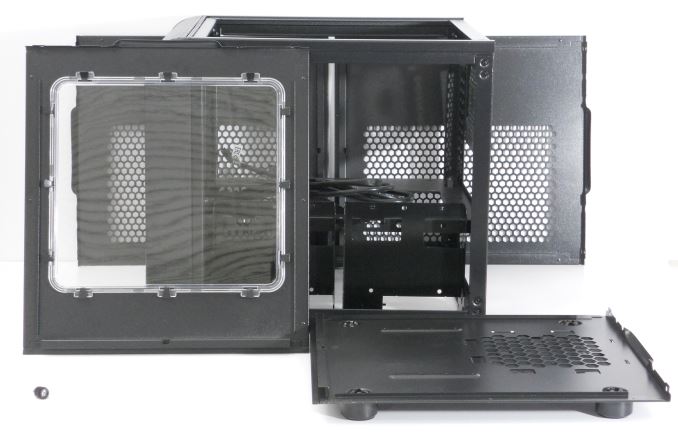
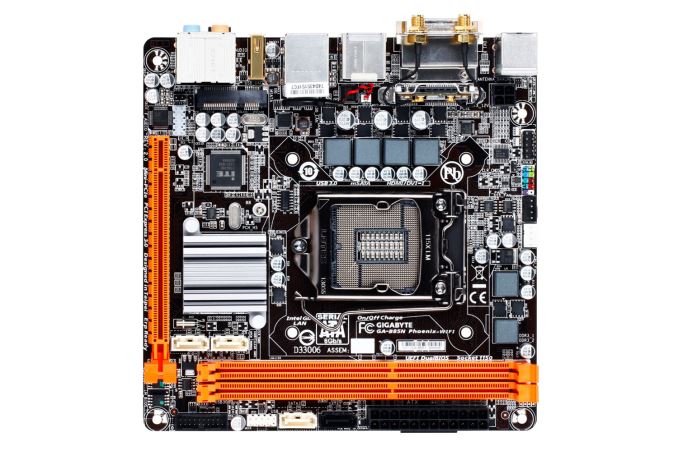
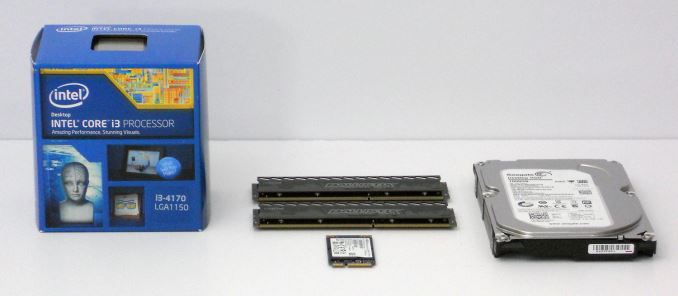
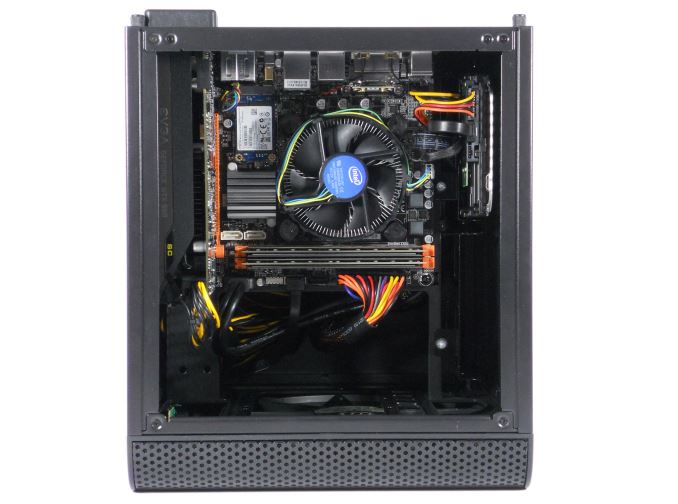

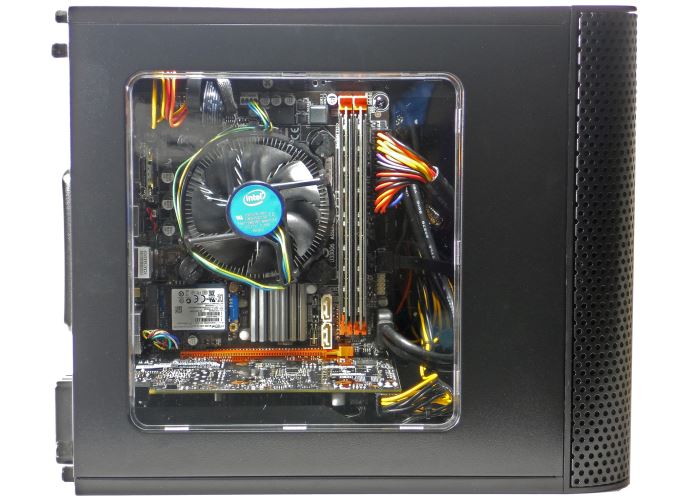








32 Comments
View All Comments
isaac12345 - Friday, November 6, 2015 - link
Sure....lets have the user buy an already outdated piece of technology with their hard earned money which would hardly last a year or two for gaming purposes and maybe a year for other more CPU intensive tasks, just so that they could compensate for bad software and software management with an expensive component. Lets ask the user instead to overclock that could result in decreased longevity for all of its parts. That's definitely the more convenient and less risky way to go about this. Sure...isaac12345 - Friday, November 6, 2015 - link
And lets not forget that the user will not get the full 120GB after formatting the SSD. And after installing Windows and essential software like antivirus, browser, codec pack,etc you will probably be left with 80-90GB. That's just enough space for 2 modern games. But obviously the incovenience of managing your data constantly is far less than brief random pauses of a spinning HDD. Sure...isaac12345 - Friday, November 6, 2015 - link
Try running this on any of these systems - http://www.eurogamer.net/articles/2015-11-06-assas...DanNeely - Friday, November 6, 2015 - link
I have to use an HDD only crippled computer at work every day. I'd kill for even a 64GB SSD; which'd let me hold the OS a few key applications and the sourcecode for whatever I'm working on at the moment. Having to manually manage that a few times a year as I switch projects would be much less frustrating than the random HDD freezes I get a few times a day.isaac12345 - Friday, November 6, 2015 - link
Your random HDD freezes could do with not the HDD itself but with the software on it. If you are on a windows machine, run crystaldiskinfo to confirm whether your hard disk is in good condition. If it is, you could check out the event viewer in windows to see if it logs the random freezes.DanNeely - Saturday, November 7, 2015 - link
My observations aren't about any single computer except to the extent that outside of work I all of mine are SSD based and have been for years. Every HDD computer I've ever used, whether for home, work, or school has done it. Up until I bought my first SSD 5(?) years ago, I'd accepted it as just the way computers were. Now it's something I swear at every time I have to use someone else's piece of junk.Haravikk - Saturday, November 7, 2015 - link
In my experience RAM is more important for speeding up games; I'd still want an SSD to boost load times, but if dealing with a budget I think an SSD is something can be left till later (plus you'll appreciate the difference more). The 1tb Seagate SSHD is currently very reasonably priced, so would eat some of the speed difference, which is why it's my preference for any budget build.It's also worth looking at a motherboard with an M.2 slot, so when you upgrade to an SSD you can get something much, much better. The 256gb Samsung 950 NVMe M.2 SSD is pricey compared to SATA offerings, but 2.2Gb/sec I think it'd be way more worth it, as a future upgrade than forcing in a relatively weak SSD now and end up lumbered with a dual-core only CPU.
DanNeely - Saturday, November 7, 2015 - link
Enough ram to only swap under exceptional circumstances is something I assume is a given in any halfway decent system along with a PSU that won't self destruct under load and destroy your system. (jonnyguru has fun destructively reviewing these every one in a while.)isaac12345 - Tuesday, November 10, 2015 - link
That's odd. That usually doesn't happen unless you are running the latest intel skylake systems. My point here is though that prioritising loading times and a random hiccup here and there while using the system is far more tolerant if what you get in return is a much stronger CPU and GPU which will improve system performance FAAR more and make it more futureproof.Haravikk - Saturday, November 7, 2015 - link
For small form factor I'm actually rather intrigued by the Sharkoon CA-I; it's taller and narrower than the Thermaltake case, with a top mounted exhaust fan (which is my preference for exhaust anyway). It only takes half-length cards (20.7cm or less), but it's very reasonably priced, well made and compact, the only thing it lacks is a carrying handle which would be nice (might be possible to add one myself).I managed to get two systems for it under the $800 mark, though the component prices are varying wildly and you need to get the case from elsewhere (I've seen it as low as $40 though), so keeping it under budget may require some tweaks:
Here's the Intel i5 version (best future upgradeability, including an PCIe 3.0 4x M.2 slot):
http://secure.newegg.com/WishList/PublicWishDetail...
And here's the AMD alternative which shaves cost on motherboard and CPU for a much juicer GPU:
http://secure.newegg.com/WishList/PublicWishDetail...